Taraxacum officinale, the common dandelion (often simply called “dandelion“), is a flowering herbaceous perennial plant of the family Asteraceae (Compositae). It can be found growing in temperate regions of the world, in lawns, on roadsides, on disturbed banks and shores of water ways, and other areas with moist soils. T. officinale is considered a weed, especially in lawns and along roadsides, but it is sometimes used as a medical herb and in food preparation. Common dandelion is well known for its yellow flower heads that turn into round balls of silver tufted fruits that disperse in the wind called “blowballs”[3] or “clocks” (in both British and American English).
| Scientific classification | |
|---|---|
| Kingdom: | Plantae |
| (unranked): | Angiosperms |
| (unranked): | Eudicots |
| (unranked): | Asterids |
| Order: | Asterales |
| Family: | Asteraceae |
| Tribe: | Cichorieae |
| Genus: | Taraxacum |
| Species: | T. officinale |
Description
Taraxacum officinale grows from generally unbranched taproots and produces one to more than ten stems that are typically 5 to 40 cm tall, but sometimes up to 70 cm tall. The stems can be tinted purplish, they are upright or lax, and produce flower heads that are held as tall or taller than the foliage. The foliage may be upright-growing or horizontally spreading; the leaves have petioles that are either unwinged or narrowly winged. The stems can be glabrous or sparsely covered with short hairs. Plants have milky latex and the leaves are all basal; each flowering stem lacks bracts and has one single flower head. The yellow flower heads lack receptacle bracts and all the flowers, which are called florets, are ligulate and bisexual. The fruits are mostly produced by apomixis.
The leaves are 5 to 45 cm long and 1 to 10 cm wide, and are oblanceolate, oblong, or obovate in shape, with the bases gradually narrowing to the petiole. The leaf margins are typically shallowly lobed to deeply lobed and often lacerate or toothed with sharp or dull teeth.
The calyculi (the cuplike bracts that hold the florets) are composed of 12 to 18 segments: each segment is reflexed and sometimes glaucous. The lanceolate shaped bractlets are in two series, with the apices acuminate in shape. The 14- to 25-mm wide involucres are green to dark green or brownish-green, with the tips dark gray or purplish. The florets number 40 to over 100 per head, having corollas that are yellow or orange-yellow in color.
The fruits, called cypselae, range in color from olive-green or olive-brown to straw-colored to grayish, they are oblanceoloid in shape and 2 to 3 mm long with slender beaks. The fruits have 4 to 12 ribs that have sharp edges. The silky pappi, which form the parachutes, are white to silver-white in color and around 6 mm wide. Plants typically have 24 or 40 pairs of chromosomes but some plants have 16 or 32 chromosomes.
Taxonomy
The taxonomy of the genus Taraxacum is complicated by apomictic and polyploid lineages, and the taxonomy and nomenclatural situation of Taraxacum officinale is not yet fully resolved, The taxonomy of this species has in the past been complicated by the recognition of numerous species, subspecies and microspecies. E.g. Rothmaler’s flora of Germany recognizes roughly 70 microspecies.The plants introduced to North America are triploids that reproduce by obligate gametophytic apomixis Some authorities recognize three subspecies of Taraxacum officinale including:
- Taraxacum officinale ssp. ceratophorum (Ledeb.) Schinz ex Thellung which is commonly called common dandelion, fleshy dandelion, horned dandelion or rough dandelion. It is native to Canada and the western US. Some sources list it as a species, Taraxacum ceratophorum.
- Taraxacum officinale ssp. officinale, which is commonly called common dandelion or wandering dandelion.
- Taraxacum officinale ssp. vulgare (Lam.) Schinz & R. Keller, which is commonly called common dandelion.
 Two of them have been introduced and established in Alaska and the third (ssp. ceratophorum ) is native there.
Two of them have been introduced and established in Alaska and the third (ssp. ceratophorum ) is native there.
Taraxacum officinale has many English common names (of which some are no longer in use), including blowball, lion’s-tooth, cankerwort, milk-witch, yellow-gowan, Irish daisy, monks-head, priest’s-crown and puff-ball; other common names include, faceclock, pee-a-bed, wet-a-bed, swine’s snout, white endive, and wild endive.
Carl Linnaeus named the species Leontodon Taraxacum in 1753. The genus name Taraxacum, might be from the Arabic word “Tharakhchakon“, or from the Greek word “Tarraxos“. The common name “dandelion,” comes from the French phrase “dent de lion” which means “lion’s tooth”, in reference to the jagged shaped foliage.
Ecology
Taraxacum officinale is native to Eurasia, and now is naturalized throughout North America, southern Africa, South America, New Zealand, Australia, and India. It occurs in all 50 states of the USA and most Canadian provinces. It is considered a noxious weed in some jurisdictions, and is considered to be a nuisance in residential and recreational lawns in North America. It is also an important weed in agriculture and causes significant economic damage because of its infestation in many crops worldwide.
The dandelion is a common colonizer of disturbed habitats, both from wind blown seeds and seed germination from the seed bank. The seeds remain viable in the seed bank for many years, with one study showing germination after nine years. This species is a somewhat prolific seed producer, with 54 to 172 seeds produced per head, and a single plant can produce more than 5,000 seeds a year. It is estimated that more than 97,000,000 seeds/hectare could be produced yearly by a dense stand of dandelions. When released, the seeds can be spread by the wind up to several hundred meters from their source. The seeds are also a common contaminant in crop and forage seeds. The plants are adaptable to most soils and the seeds are not dependent on cold temperatures before they will germinate but they need to be within the top 2.5 centimeters of soil.
While not in bloom, this species is sometimes confused with others, such as Chondrilla juncea, that have similar basal rosettes of foliage. Another plant, sometimes referred to as Fall Dandelion, is very similar to dandelion, but produces “yellow fields” later.
 Uses
Uses
While the dandelion is considered a weed by many gardeners and lawn owners, the plant has several culinary and medicinal uses. The specific name officinalis refers to its value as a medicinal herb, and is derived from the word opificina, later officina, meaning a workshop or pharmacy. The flowers are used to make dandelion wine, the greens are used in salads, the roots have been used to make a coffee substitute (when baked and ground into powder) and the plant was used by Native Americans as a food and medicine.
Culinary
Dandelions are wildcrafted or grown on a small scale as a leaf vegetable. The leaves (called dandelion greens) can be eaten cooked or raw in various forms, such as in soup or salad. They are probably closest in character to mustard greens. Usually the young leaves and unopened buds are eaten raw in salads, while older leaves are cooked. Raw leaves have a slightly bitter taste. Dandelion salad is often accompanied with hard boiled eggs. The leaves are high in vitamin A, vitamin C and iron, carrying more iron and calcium than spinach.
Dandelion flowers can be used to make dandelion wine, for which there are many recipes. Most of these are more accurately described as “dandelion-flavored wine,” as some other sort of fermented juice or extract serves as the main ingredient. It has also been used in a saison ale called Pissenlit (literally “wet the bed” in French) made by Brasserie Fantôme in Belgium. Dandelion and burdock is a soft drink that has long been popular in the United Kingdom.
Another recipe using the plant is dandelion flower jam. In Silesia and also other parts of Poland and world, dandelion flowers are used to make a honey substitute syrup with added lemon (so-called May-honey). This “honey” is believed to have a medicinal value, in particular against liver problems. Ground roasted dandelion root can be used as a non-caffeinated coffee substitute.
Herbal medicine
Dandelion root medicinally is sold primarily as a diuretic. A hepatoprotective effect in mice of chemicals extracted from dandelion root has been reported.Dandelion is used in herbal medicine as a mild laxative, for increasing appetite, and for improving digestion. The milky latex has been used as a mosquito repellent and as a folk remedy to treat warts.
Other
Yellow or green dye colours can be obtained from the flowers but little colour can be obtained from the roots of the plant.
T. officinale is food for the caterpillars of several Lepidoptera (butterflies and moths), such as the tortrix moth Celypha rufana. See also List of Lepidoptera that feed on dandelions.
Toxicity
Dandelion (Taraxacum officinale) has been linked to outbreaks of stringhalt in horses.

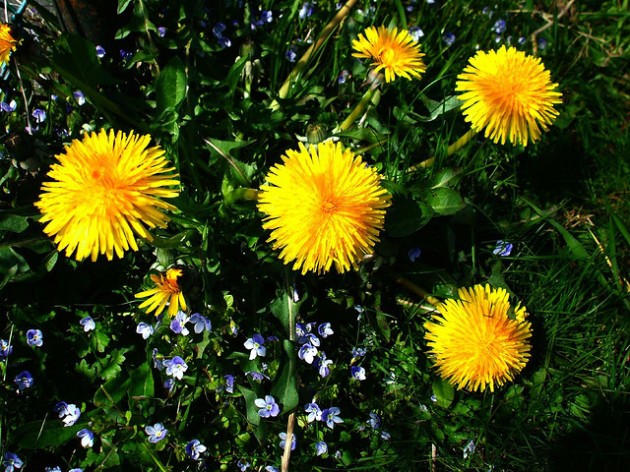

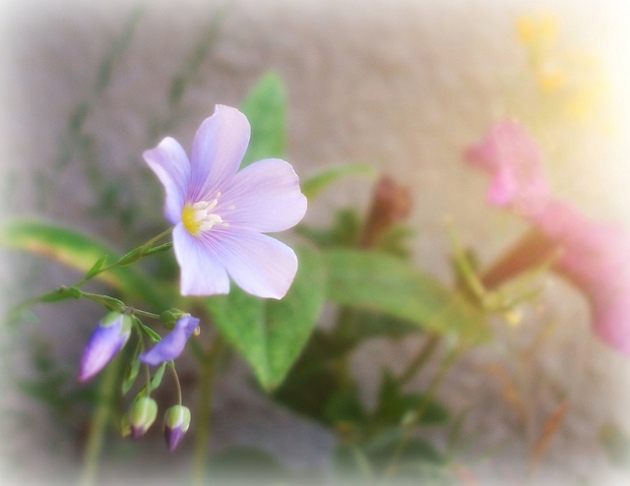
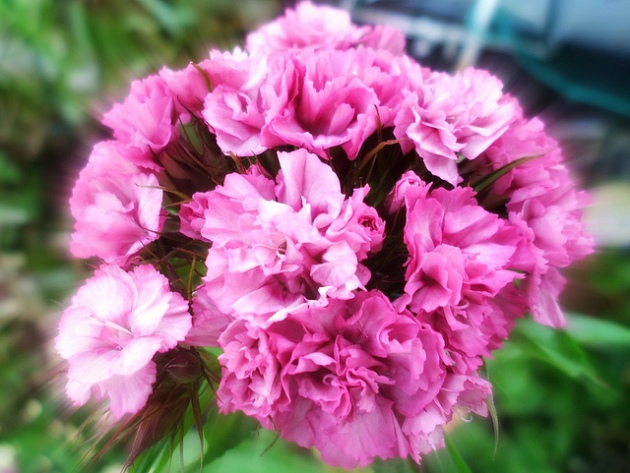
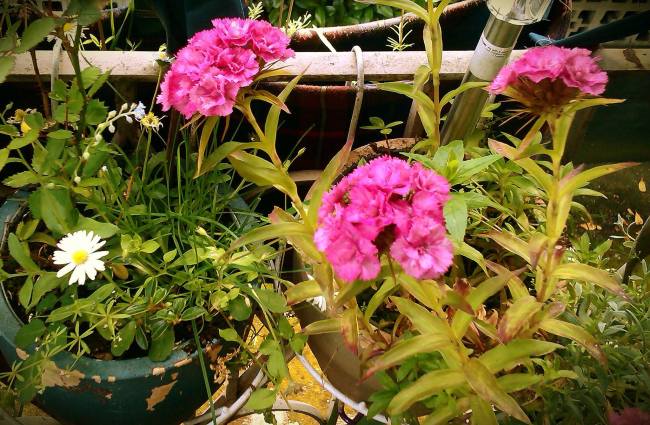
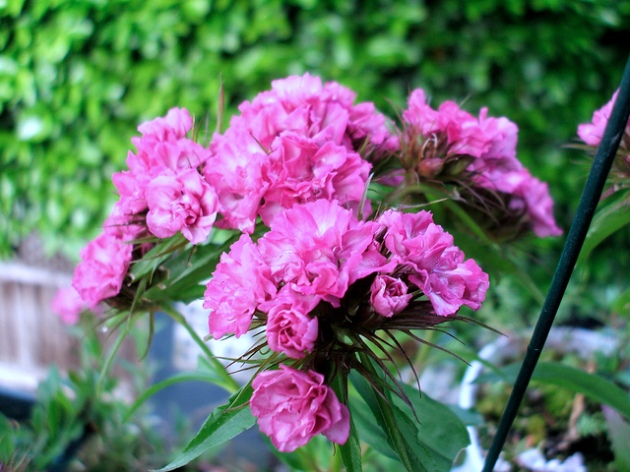
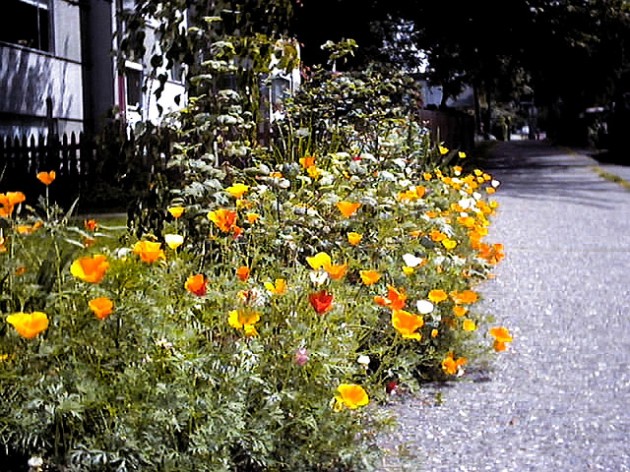
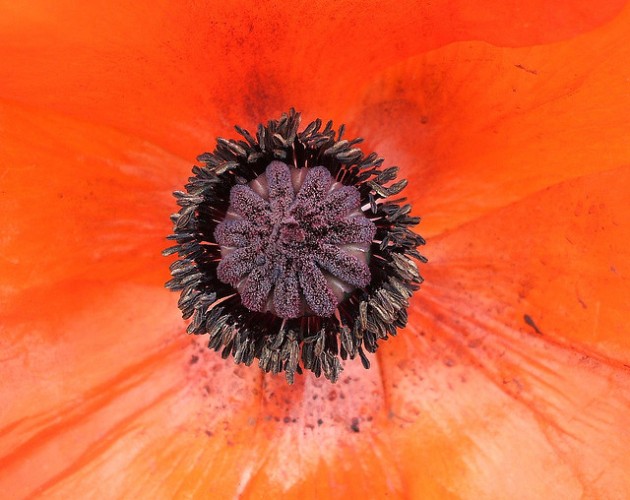
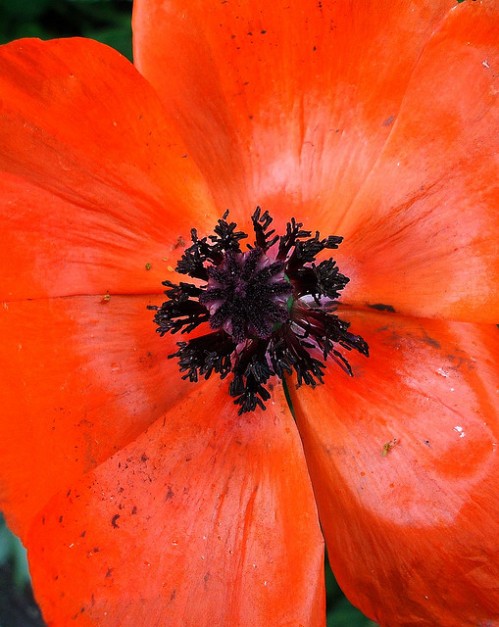
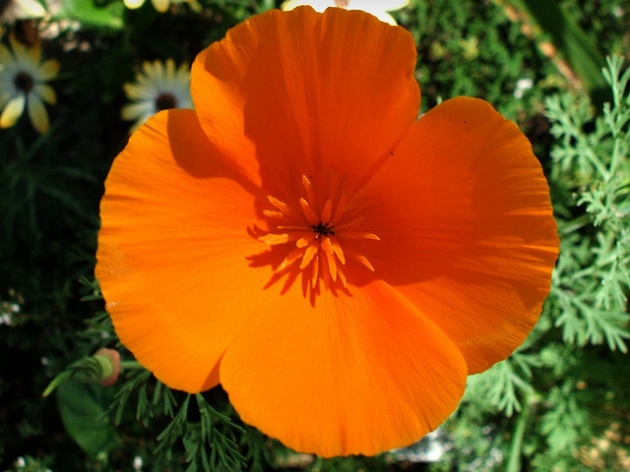
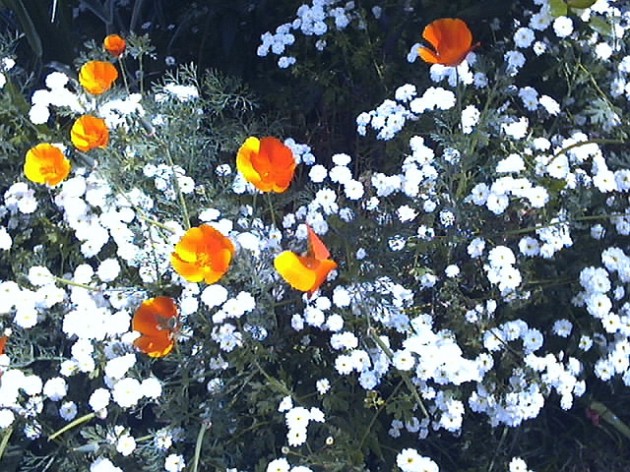
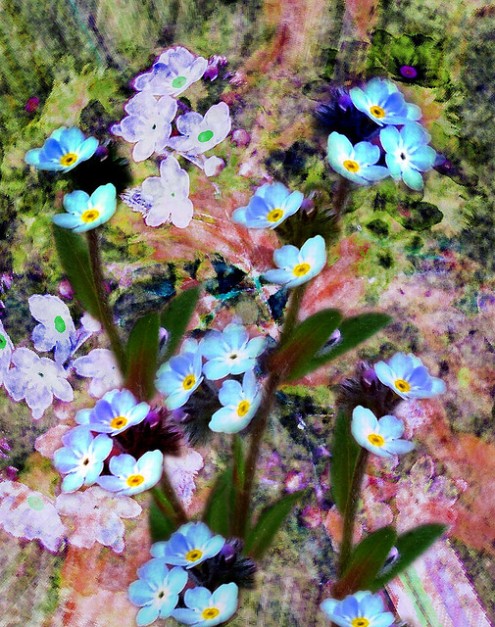
![20170123050651-f09370cbed.[gif-2-mp4.com] 20170123050651-f09370cbed.[gif-2-mp4.com]](https://live.staticflickr.com/428/32472212275_9af8805d25_m.jpg)


